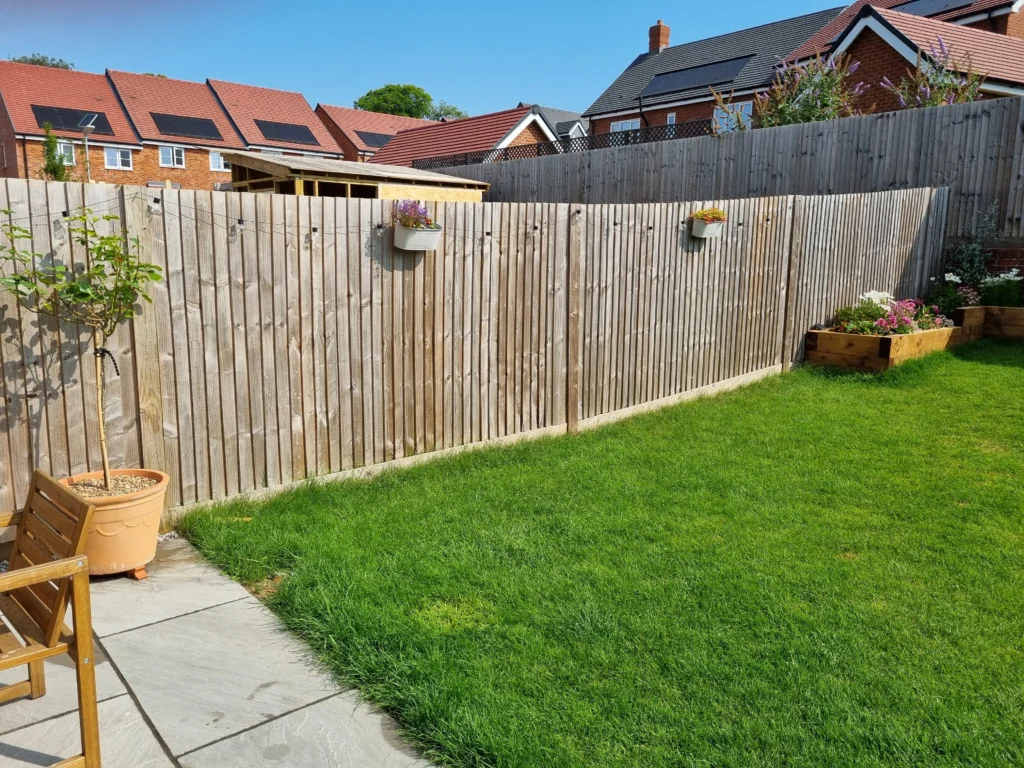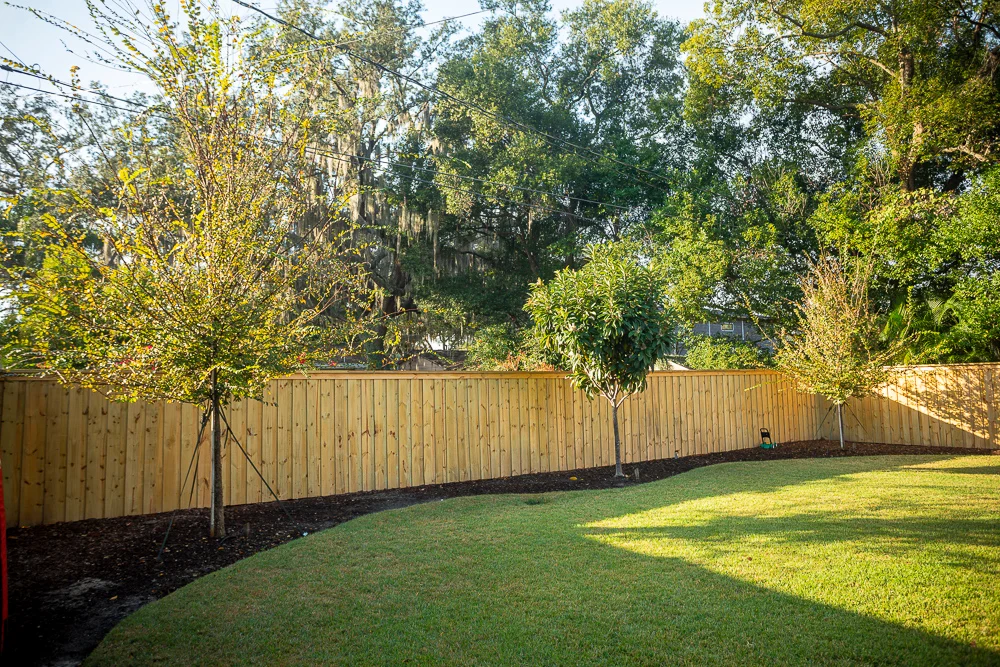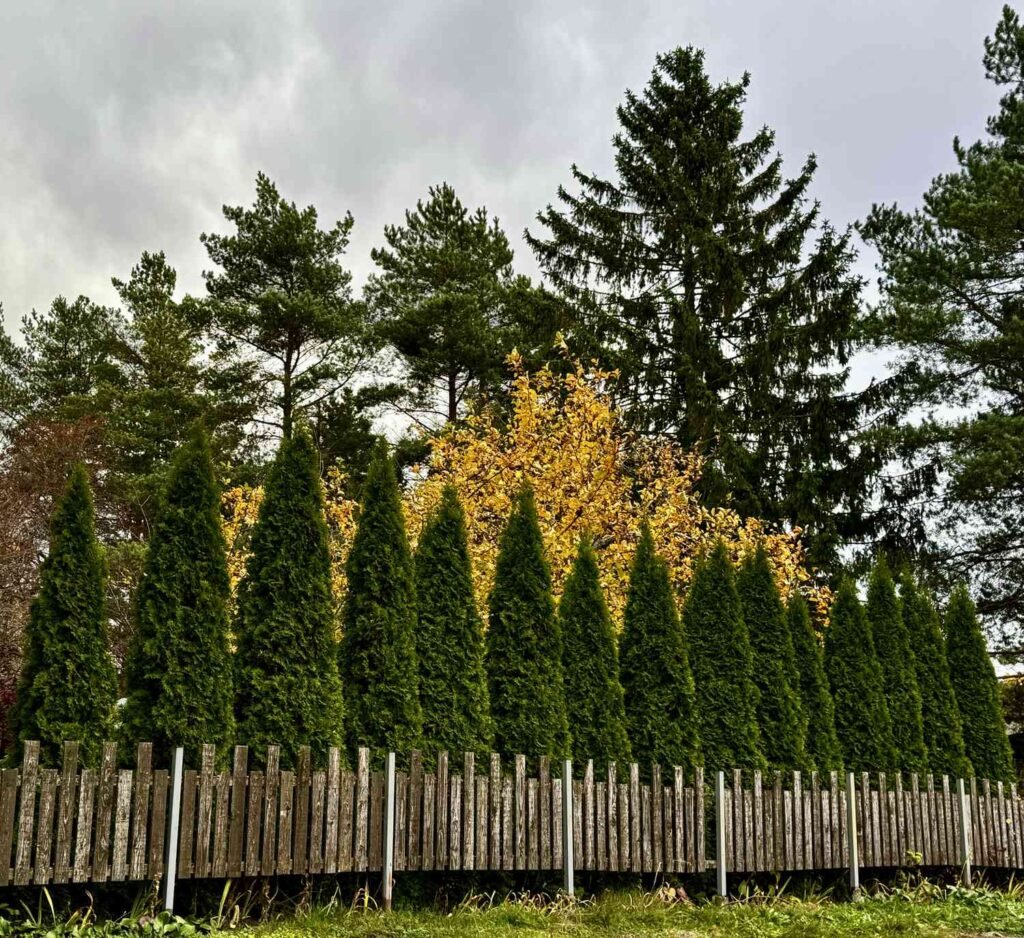Fence-line planting can add beauty, privacy, and shade to a property. But what happens when a shared boundary becomes a source of dispute rather than cooperation? Whether it’s a towering hedge, invasive vines, or an overgrown shrub leaning over the fence, fence-line planting disagreements are among the most common causes of tension between neighbors.
While plants are generally viewed as assets in a garden, they can easily become liabilities when planted too close to—or directly on—a property line. This article explores how to handle fence-line planting disagreements with legal awareness, practical solutions, and diplomacy, ensuring your yard—and your neighborly relationships—remain healthy.
1. Understanding Fence-Line Planting Disputes

Fence-line planting disagreements can arise from many causes, including:
- Overhanging branches or invasive roots
- Disputes over who owns or controls the fence line
- Differing aesthetic preferences (e.g., wild gardens vs. trimmed hedges)
- Privacy concerns (e.g., fast-growing screens blocking views)
- Plant encroachment damaging property (e.g., cracked foundations or fences)
These disputes may start small, but can quickly spiral into long-term feuds if not handled appropriately.
2. Know Your Property Lines

The first and most critical step in handling any fence-line planting dispute is determining the exact property boundary.
How to establish boundaries:
- Check your land survey or deed: This will show precise measurements of your property.
- Use a professional surveyor: If boundaries are unclear or contested, hire a licensed land surveyor.
- Review municipal zoning regulations: Some areas have setback requirements for trees or tall shrubs near property lines.
Understanding where the line lies helps prevent assumptions and supports your position in case of a disagreement.
3. Understand Ownership of the Fence

Not all fences lie exactly on the property line. Ownership of the fence often determines who has control over planting or attaching items to it.
Possibilities:
- If the fence is entirely on your side, it’s yours, and your neighbor should not alter or use it without permission.
- If it straddles the property line, it is typically considered a shared fence, and both parties must agree on changes or adjacent plantings.
Knowing the status of the fence helps clarify rights and responsibilities in managing plants along it.
4. Evaluate the Type and Impact of the Plants

Before initiating a conversation, assess the type of plant involved and the level of impact it has on your property.
Considerations include:
- Is the plant invasive? (e.g., bamboo, ivy, wisteria)
- Is it damaging your fence, shed, or patio?
- Is it affecting your sunlight, view, or privacy?
- Does it pose a safety risk? (e.g., thorny shrubs, toxic plants)
Not all disagreements require the same level of response. A few overhanging vines can be solved with a friendly chat, while roots destroying your retaining wall may require legal action.
5. Start with a Friendly Conversation
Most fence-line planting issues can be resolved with clear, respectful communication. Don’t let irritation build up—talk early.
Tips for the conversation:
- Stay calm and courteous: Assume your neighbor may not be aware of the problem.
- Be specific and constructive: “The roots from your tree seem to be lifting the fence panel. Can we look at options to manage it together?”
- Avoid blame: Use “I” statements rather than “you” accusations.
- Express a willingness to work together: “Maybe we could install a barrier or trim the plant back—what do you think?”
Often, neighbors are willing to cooperate when approached respectfully.
6. Know Your Rights: What the Law Says
Laws vary depending on country, state, or municipality, but generally:
Trimming Rights:
- You may trim branches and roots that encroach on your property, but only up to the boundary.
- You must not trespass onto your neighbor’s property to do so.
- You must not damage the plant or tree in a way that kills it—or you may be liable.
Shared Fences:
- If the fence is shared, both parties must agree on changes to its surroundings.
- Local fence laws may regulate height, materials, and appearance.
Damages:
- If a plant causes damage (e.g., breaking the fence, harming your plants), you may be entitled to repairs or compensation—but it’s best to try amicable solutions first.
7. Use Written Communication for Clarity

If verbal discussions don’t resolve the issue, or if the problem recurs, consider following up in writing.
Sample letter/email:
Dear [Neighbor’s Name],
I hope you’re doing well. I wanted to touch base about the [specific plant/hedge/tree] along our shared fence. It’s begun to [cause damage, cross over, block light, etc.], and I’d love to find a solution that works for both of us.
I’m happy to trim it from my side or work together on a longer-term plan. Please let me know your thoughts.
Best regards,
[Your Name]
Written communication serves as a record of your efforts and can be helpful if legal steps become necessary later.
8. Install Physical Barriers (If Needed)
Sometimes, you may need to create a more permanent solution, especially if your neighbor is unwilling to manage their plants.
Options include:
- Root barriers: These are buried underground to prevent invasive roots.
- Trex or vinyl fencing: Durable and resistant to plant pressure or decay.
- Metal edging: Prevents the spread of invasive grasses or ground covers.
Before installing any barrier directly on or near the property line, ensure it’s on your side and complies with local regulations.
9. Mediation Before Escalation
If the issue can’t be resolved through conversation or letters, consider mediation.
Benefits of mediation:
- Neutral third party helps facilitate solutions.
- Less expensive and adversarial than going to court.
- Maintains neighborhood peace.
Local governments or homeowners’ associations (HOAs) often offer free or low-cost mediation services.
10. Legal Action: A Last Resort
If all else fails, and the fence-line planting causes property damage, safety issues, or repeated boundary violations, you may have to take legal steps.
Possible legal actions:
- Demand letter from an attorney
- Civil court complaint for damages or nuisance
- Municipal code enforcement complaint
Before taking legal action, gather evidence:
- Photos of the encroachment or damage
- Documentation of communication
- Survey results
- Expert assessments (e.g., arborist report)
Litigation should always be the last resort, as it can create long-lasting neighborhood hostility.
11. Prevent Future Disputes With Clear Agreements
After resolving the issue, consider setting up a fence-line agreement or informal boundary maintenance understanding.
Ideas include:
- Agreeing on regular pruning schedules
- Choosing mutually acceptable plants
- Installing shared screens or barriers
- Documenting agreements in writing (even if informal)
When both parties understand their rights and responsibilities, future problems can often be avoided entirely.
Conclusion
Fence-line planting disagreements don’t have to lead to bitter feuds or legal battles. With clear knowledge of your property rights, open and respectful communication, and a willingness to compromise, most conflicts can be resolved before they escalate.
Remember that your fence doesn’t just mark where your property ends—it can also be a symbol of where good neighbor relationships begin. By planting solutions instead of blame, you can maintain your yard and your peace of mind.
